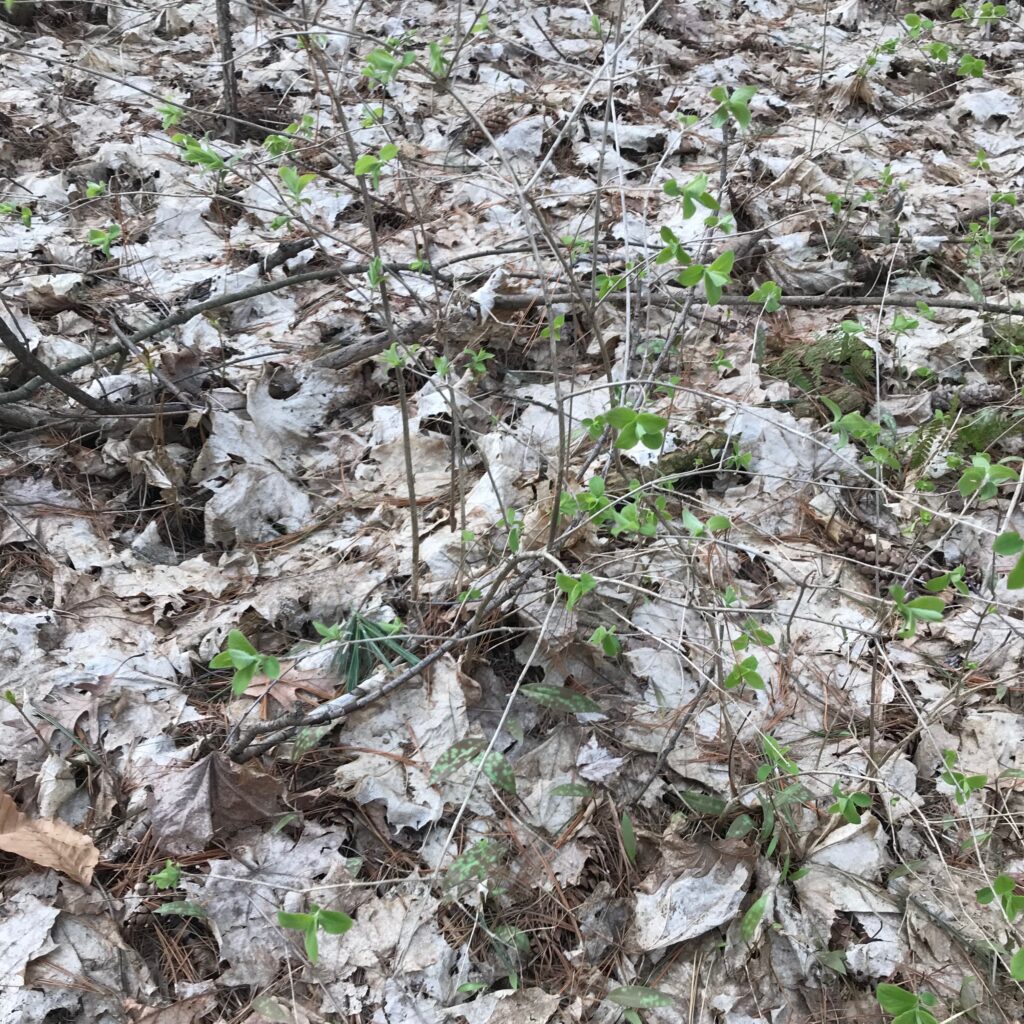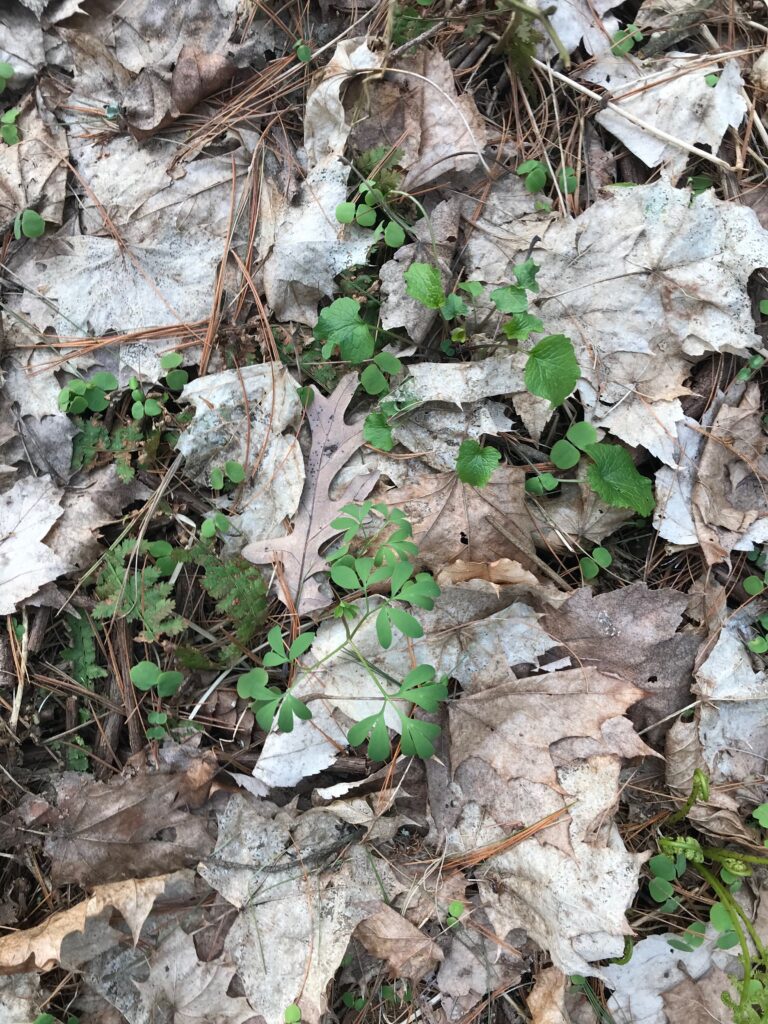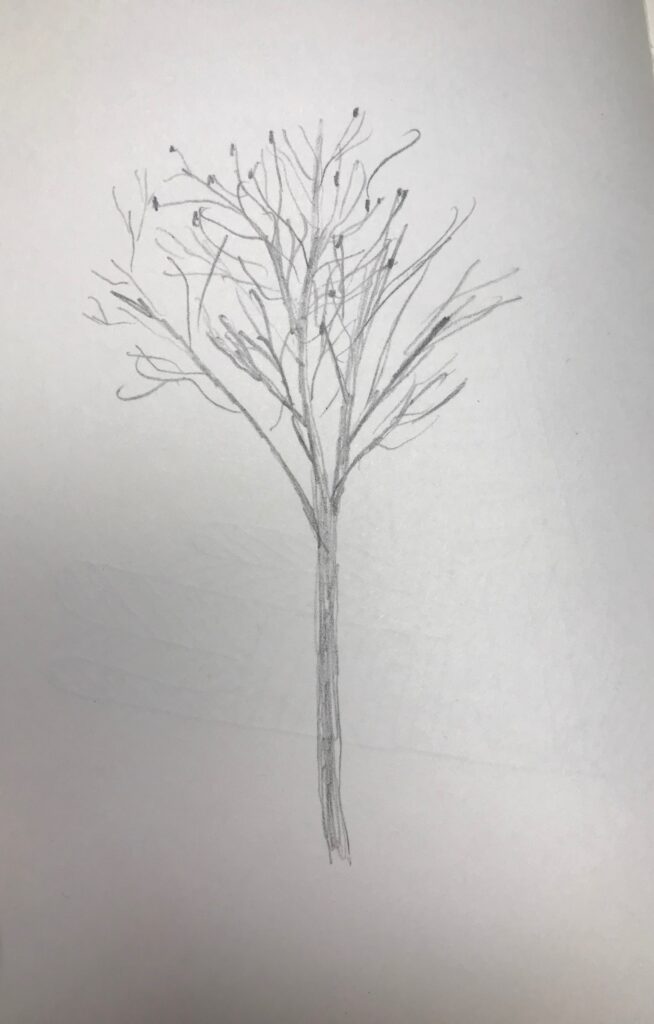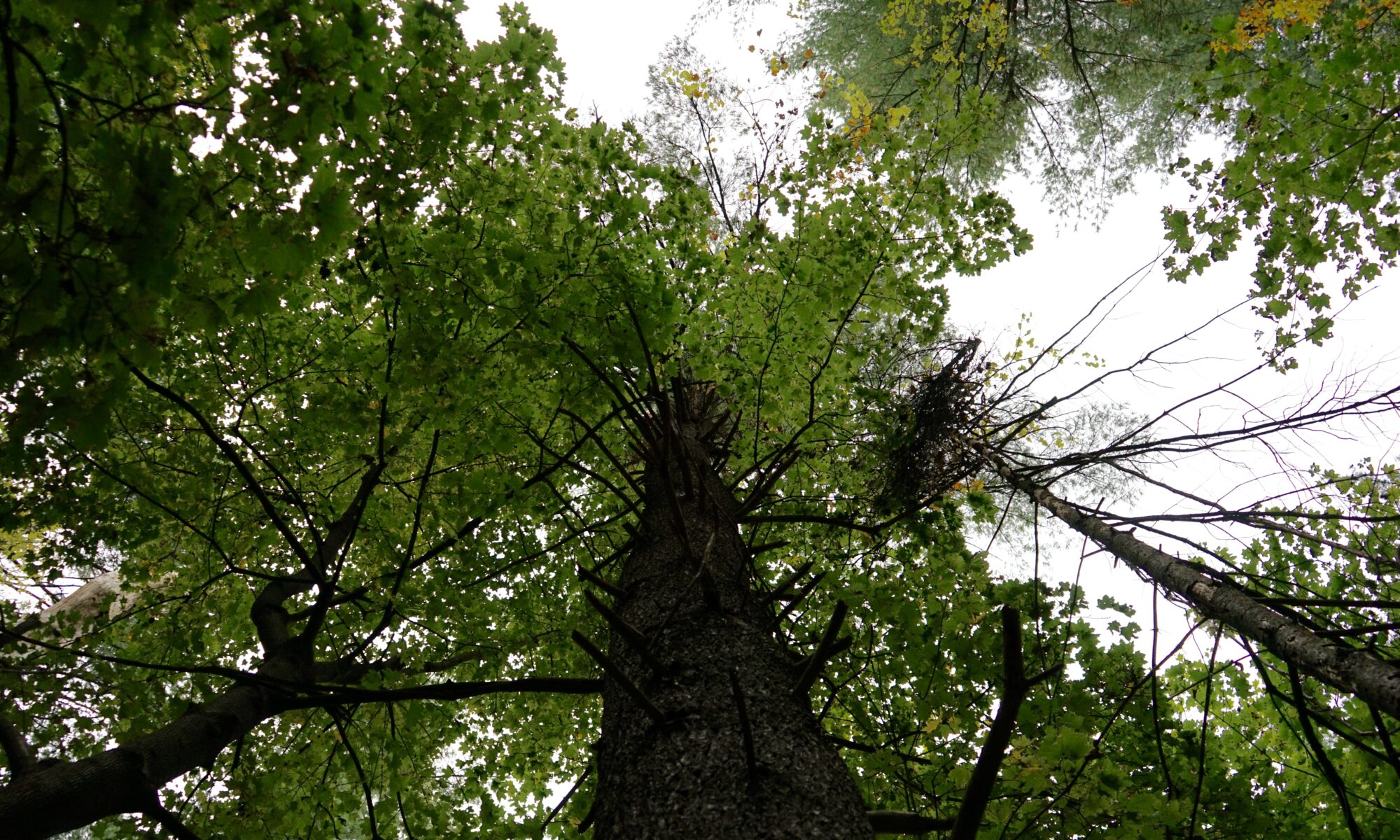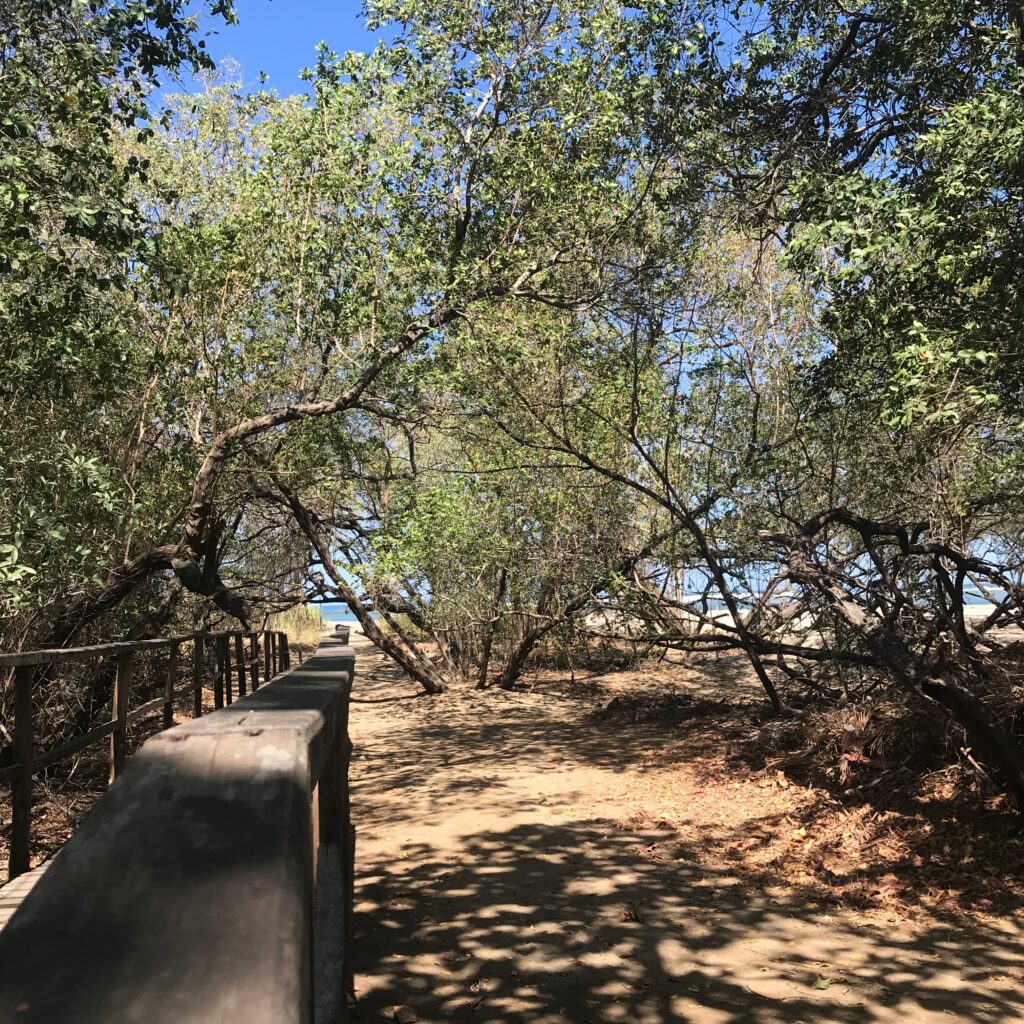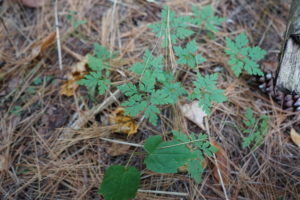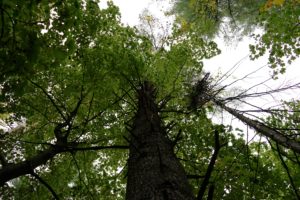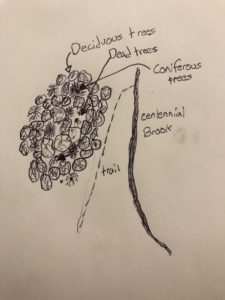For my Spring Break I went to Tamarindo, Costa Rica. This is on the Pacific coast of Costa Rica and at this time of year the climate is particularly dry, arid, and windy. The spot that I chose was a small patch of trees in a river bed right before the beach called Playa Tamarindo.
This is a picture of the phenology place
This Phenology place, compared to the one I have in Burlington, is almost completely different. It is much more arid than in Burlington, the dominating flora and fauna are made up of entirely different species, and the area is much less densely populated with plants and animals.
Although there were no visible tracks of any animals, there are crocodiles that are normally in the wetter season, when this river bed is flowing. I did, however, see some small salamanders and iguanas, as well as different birds such as brown pelicans, acorn woodpeckers, and grey headed chachalacas.
The dominating woody plant species in my place was the Tamarind, and small Guanacaste trees. There was seldom and smaller species, as the soil was so dry it was essentially packed sand.
The geographic history of this region is defined by the Orosi, Rincón de la Vieja, Miravalles and Tenorio volcanoes which formed the Guanacaste province where Tamarindo is. That being said the geology of the region is primarily volcanic, igneous rock.
